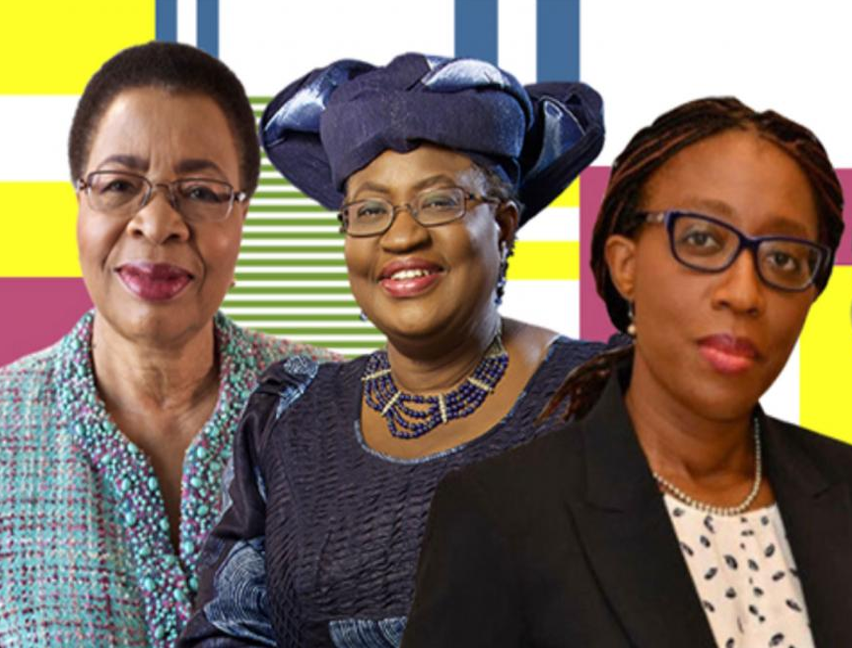The 2021 edition of REN21’s Renewables in Cities Global Status Report, shows that one billion people live in cities with a renewable energy target or policy. The number of cities that have enforced partial or complete bans on fossil fuels jumped fivefold in 2020. With a special focus on Sub-Saharan Africa, the report shows that despite many challenges, city governments across the region have taken important steps to advance the deployment of renewables.
Africa’s urban population increased more than 16-fold between 1950 and 2018, from 33 million to 548 million, and this rapid urban growth has been and remains a key driver of rising energy demand. Cities across Sub-Saharan Africa increasingly recognise the opportunities around renewable energy use to improve energy access, reduce energy poverty as well as boosting the resilience and reliability of existing power systems.
City governments play a key role in shaping the energy landscape. At least 19 cities, including Cape Town (South Africa) and Kampala (Uganda) have renewable energy targetsin place, and 34 cities have policies.Many cities in the region have joined global clean energy initiatives. For example, signatories to the Covenant of Mayorsin Sub-Saharan Africa (CoM SSA)[1] have voluntarily committed to implementing climate and energy actions in their communities. The Climate Action Planning Africa Programme, led by C40 Cities, brings together 11 megacities in Sub-Saharan Africa that have pledged to become net-zero carbon by 2050.
Locally driven ambitions have led to positive outcomes
The report highlights the achievements of five very different and representative cities: Cape Town (South Africa), Dakar (Senegal), Kampala (Uganda), Tsévié (Togo) and Youndé IV (Cameroon).
The City of Cape Town has been a pioneer in providing moreaffordable and secure energy access and in reducing the city’scarbon footprint. In 2017, the City entered intoa court challenge with the national government to enable ittopurchaseelectricityfrom independent powerproducers (IPPs) and notbe confined to procuringcoal-firedpowerfromEskom. By 2019,Cape Town had the highest concentration of registered rooftop solarPV systems nationwide.
Dakaris home to 50% of Senegal’s urban population. Under the C40 Cities Leadership Programme, Dakar is committed to be net-zero carbon by 2050. The City’s transport plan articulates three ambitious infrastructure projects –train, bus and on-road transport – with a common goal of increasing the share of electrification and reducing fossil fuel dependence across these three transport modes while also reducing air pollution by 2030.
Kampala’s energy demand is dominated by the transport sector with inefficient transport modes driving up the city’s congestion. The SMART mobility program has enabled successful public-private partnerships, which in 2020 resulted in the use of
ore than 200 new and retrofitted electric motorcycles for public transport. The rise of electric mobility in Kampala is a strong example of how such relationships can be leveraged to advance the renewable energy agenda at a city level.
Tsévié has implemented a three-year municipal energy programme to boost local energy access and development. Under this flagshipprogramme, the municipality aims to achieve its sustainabilityambitions in four strategic areas: 1) sustainable biomass use, 2)deployment of distributed rooftop solar PV, 3) increased adoptionof electric motorcycles and 4) a modal shift to public transport.
The city of Yaoundé IVrolled out a pilot project in 2019 to switch households from using LPG to biogas, thereby reducing greenhouse gas emissions. The success of the project has paved the way for similar programmes, notably ENERGIE PLUS, which seeks to build an industrial scale biogas plant to supply electricity to Yaoundé IV and its environs.
Low-cost renewable energy can be a key lever to power economic growth
In addition to providing Sub-Saharan African cities with greater access to modern energy services, renewables also offer important co-benefits such as reducing air pollution, mitigating climate change, creating more liveable urban areas and enabling a better quality of life through increased access to basic services.However, municipal governments in the region face numerous barriers to the deployment of renewables. Key challenges include policy and regulation, underdeveloped grids and infrastructure, unstable off-taker arrangements, access to financial markets, data needs and technical capacity.
Although city authorities in Sub-Saharan Africa may have limitedinfluence over infrastructure and services, they can all take actionto encourage local renewable energy deployment. Developinglow-carbon pathways requires multiple collaborations across abroad range of stakeholders, including national policy makers. As the five case studies illustrate, progressive leadership has produced positive outcomes for renewable energy deployment.


